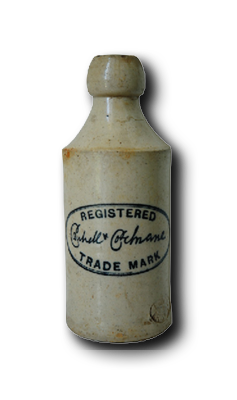

This unopened bottle of lemonade was found by David Casserly in the wreck of the RMS Leinster, which was sunk by a German submarine in October 1918, two months before the end of the First World War. The greatest disaster in Irish maritime history, the loss of the mail boat off the coast of Dún Laoghaire took the lives of 501 people.
The bottle was manufactured by Cantrell and Cochrane, better known as C&C, and was the first artefact donated to the Little Museum of Dublin.
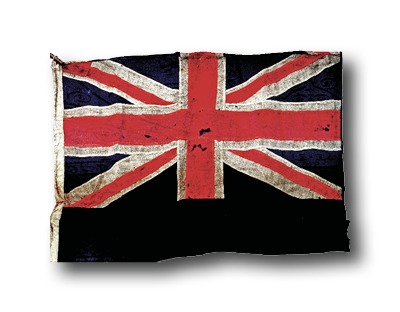

The Battle of Jutland was one of the key naval engagements of the First World War. HMS Dublin played a part in the battle in 1916. The ship had been adopted by Dublin citizens and businessmen who raised funds to provide it with a band and other amenities. When the ship was decommissioned in 1926, Dublin Chamber of Commerce was presented with its battle-scarred ensign, and in turn the Chamber donated it to Christ Church, where for many years it languished, unseen, in the cathedral crypt.
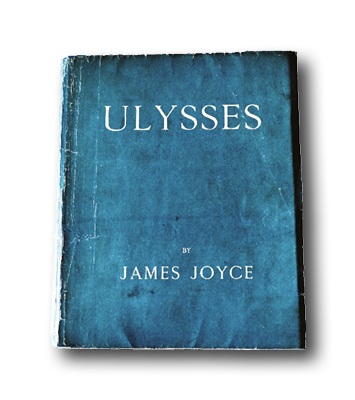

After a few drinks, most Dubliners will admit that they have read the first page of Ulysses. We have left our copy of the first English edition open on the last page, so guests can say they have finished reading Ulysses. The other 699 pages can be summarised in 27 words:
While Dubliner Leopold Bloom
Sought solace from thoughts of the tomb
In Daedalic mazes,
His moll went to blazes
And dreamed a great yes in her room.
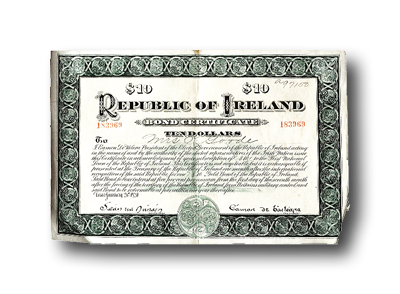

During the year and a half he spent crisscrossing the United States, Éamon de Valera used ‘republican bonds’ as a method of fundraising. Raising close to $6 million, the bonds were powerful tools, legitimising the Irish Republic in the eyes of people at home and abroad.
This $10 bond is dated January 21st 1920 and was issued to a Mrs. Goode.
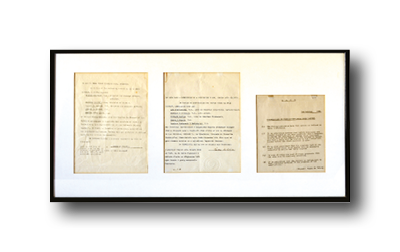

This is probably the most important historical document in the museum. Appointing Dáil Éireann’s delegation for the Anglo-Irish Treaty negotiations, it includes signed instructions from Éamon de Valera, who had recently been chosen as Dáil President by his colleagues. It is one of five original copies, and for 40 years the document languished at the back of a filing cabinet in a law firm on Ormond Quay. The exact role and powers of the plenipotentiaries would be disputed in the bitter debate that surrounded the Dáil’s ratification of the Treaty.
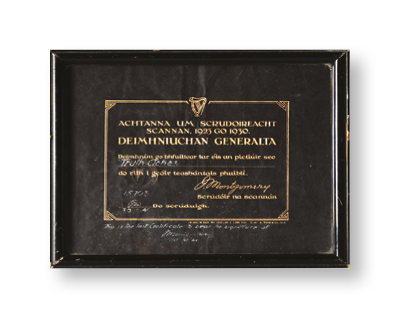

This is the last certificate ever signed by Ireland’s first film censor, James Montgomery. In the history of this state some 2,500 films have been banned. Of those, Montgomery is personally responsible for banning over 1,800.
Of one film he said, ‘The girl dancing on the village green shows more leg than I’ve ever seen on an Irish village green. Better amputate them.’
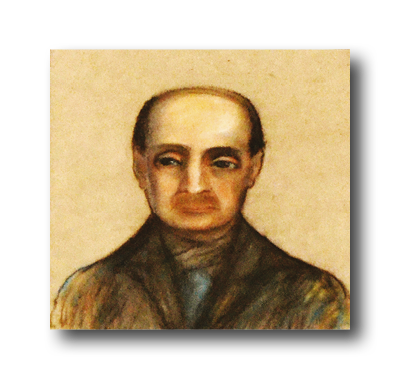

Seán Dixon completed this sketch after the Oblate Fathers in Inchicore commissioned him to paint a portrait of Matt Talbot. Talbot was an alcoholic until a sudden and permanent reformation at 28. After taking a vow of abstinence, the Dublin labourer devoted the rest of his life to work and prayer, leading a harsh ascetic existence of self-deprivation and punishment. When he was found dead on a Dublin street in 1925, Talbot’s body was covered in chains that must have caused acute pain. A statue of the pious northsider can be found next to the city’s Talbot Memorial Bridge.
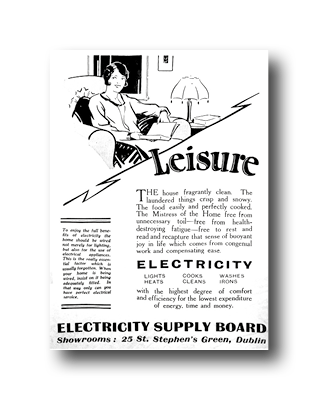

It is arguable that the most positive decision made by the new Free State government was to build the Shannon Scheme. The project cost £5.5 million, which was about 20% of the government day-to-day expenditure at that time, and it involved the construction of Ardnacrusha Power Station. Critics of the scheme said it would be a White Elephant as the demand for electricity would never be sufficient to justify the project costs. They were wrong.
There was a huge growth in electricity sales from 43kWh hours in 1930 to 218kWh hours in 1937. ESB’s first showroom at 25 St. Stephens Green was part of the success story. Opening in 1929, it sold £315 worth of electrical equipment in its first week of business.
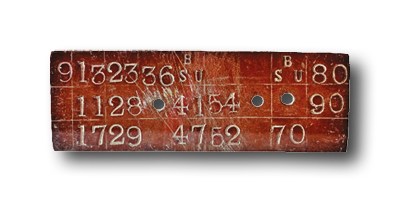

This is a leather bingo card. Used by the Butchers Social Union during their weekly games, the cards kept going missing. No one knew why until one day someone noticed that bingo players were taking the cards to patch holes in their shoes. In an effort to stop people from pinching the cards, the organisers stamped holes in them. At the time, Dubliners nailed metal tips to the soles of their shoes to save the leather. The sound of many people walking down O’Connell Street was both loud and distinctive.
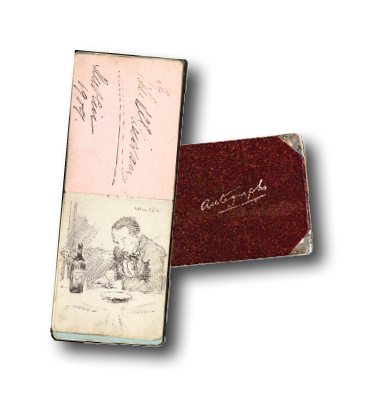

The place where all of Dublin wanted to eat, and few could afford, Jammet’s opened in 1901 on Andrew’s Street, but moved to Nassau Street in 1927, where it continued to dazzle until 1967. In “Dublin’s only French restaurant” – a claim sustained for 40 years – W.B. Yeats had his own table, Hilton Edwards and Micheál MacLiammóir were regulars, and visitors ranged from Laurel and Hardy to Walt Disney and Ronald Reagan.
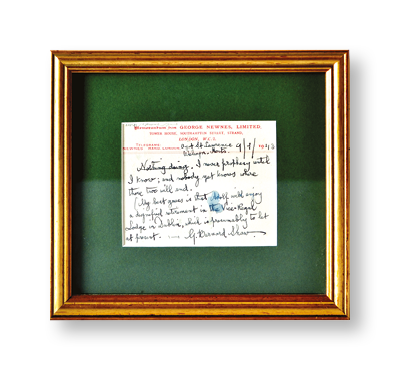

During the Second World War, the playwright George Bernard Shaw was living in London. A magazine called The Strand asked a number of writers when they thought the war would end. “Nothing doing,” Shaw writes, “I never prophesy until I know; and nobody yet knows where those two will end. My best guess is that Adolf will enjoy a dignified retirement in the Vice-Regal Lodge in Dublin, which is presumably to let at present.”
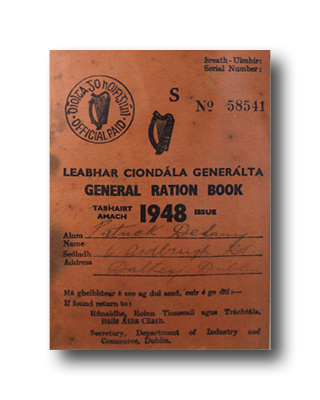

During the ‘Emergency’ the Free State had a rationing system like that in Great Britain. Sugar, tea, butter, margarine, bread, flour and clothing were among the many items for which ration tickets were required. Poor families were hardest hit by the restrictions as bread was a central part of their diet. The most unpopular figure at the time was not Minister for Supplies Seán ‘half-ounce’ Lemass, but the notorious ‘glimmer man’ who went door-to-door to ensure that citizens were not using gas after hours.
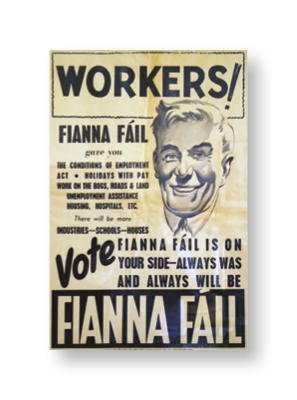

Fianna Fáil had a tangled birth in the Civil War. Sinn Féin split into Pro-and Anti-Treaty factions, with de Valera leading the Anti-Treaty faction. Anti-treaty Sinn Féin boycotted the Dáil for several years after the end of the Civil War until a faction around Éamon de Valera split and created Fianna Fáil. They first came to power in 1932 and were long the most popular party in Ireland. But after the 1948 election, the other parties joined together to create the first coalition government.
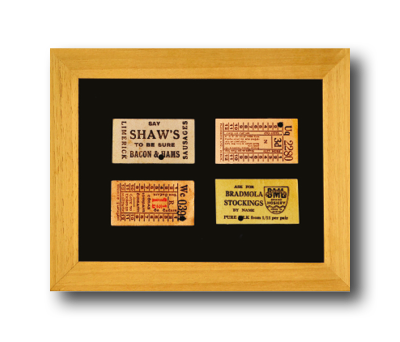

The trams began in 1872 and the very last line closed in 1959. The last tram in the city proper left Nelson’s Pillar in 1949. The tram barely made it, as the Irish Times reported:
“Tram No. 252, the last one, had struggled free from the clutches of thousands of souvenir hunters in Westmoreland Street and had set out for Blackrock; two hours later it crawled into its home depot. The tram’s seats were gone, windows smashed, side panelling ripped away, still accompanied by a roaring, singing, hooting crowd.”
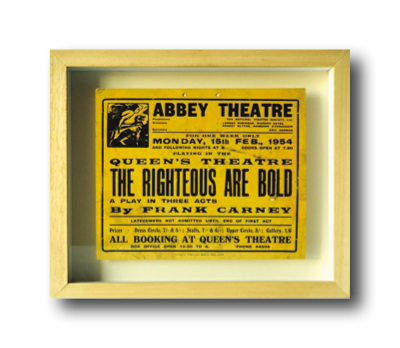

This poster advertises a run of The Righteous Are Bold by Frank Carney. It was the most performed play in the Abbey Theatre (which was temporarily housed in the Queen’s Theatre). Now largely forgotten, the play was hugely popular in its day because it featured the first exorcism to be shown on an Irish stage. The plot concerns an Irish emigrant returning home from London who is possessed by some ‘evil’, and the ensuing battle between scientific, pagan and Catholic beliefs as to how it should be removed. It was performed 245 times, 96 of those on its first run in 1946.
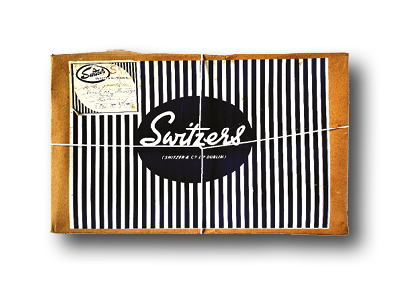

Grafton Street was anchored by Switzers and Brown Thomas department stores. Switzers was the less elite of the two – many customers never crossed the street to shop in Brown Thomas. The basement café was an old-fashioned parlour with waitresses in black dresses and white aprons. Switzers was bought by Brown Thomas in 1995; BTs moved into the Switzers building across the street. You can still see the Switzers logo on the Wicklow Street side of Brown Thomas.
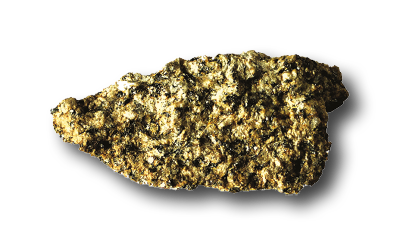

This piece of granite is from Nelson’s Pillar on O’Connell Street, which was blown up by republicans at 2am on 8 March 1966. Bombs destroyed the upper half of the pillar and threw the statue of Nelson into the street. Several days later, the Irish army demolished the remains of the pillar. A piece of urban folklore has it that the army caused more damage to O’Connell Street than the original blast.
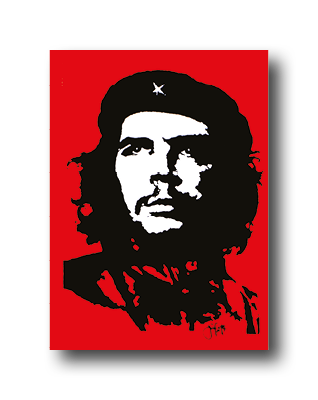

An iconic image, this print is from Jim Fitzpatrick’s original silk screening of Alberto Korda’s photograph of Argentinian revolutionary Ché Guevara. A proud Dubliner, Fitzpatrick created the image on Guevara’s death. “When he was murdered,” explains Fitzpatrick, “I wanted to do something about it, so I created the poster.” Fitzpatrick produced the image without copyright, only obtaining a copyright in 2010, and has since granted the rights in perpetuity to the Guevara family. If you look closely, you can see the artist’s initials J.F. on the bottom right of this print.
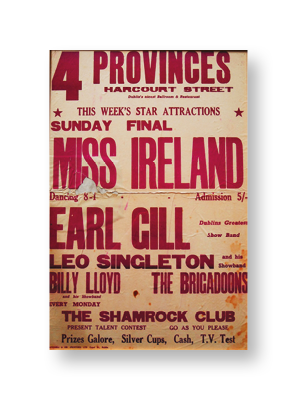

This poster advertises the Four Provinces ballroom on Harcourt Street. An iconic hangout for many years, the 4Ps later became the Television Club before being demolished. Showbands were popular between the mid 1950s and late 1970s; they usually featured a lead singer fronting brass and rhythm sections and a keyboard instrument, playing popular hits of the day. The Miss Ireland pageant has been running since 1947.
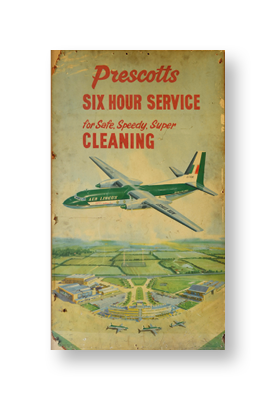

It’s hard to believe that flying was once regarded as a glamorous activity. In the 1960s, working as an air hostess for Aer Lingus was a very prestigious job. Hence this ad for a dry cleaners in Drumcondra, associating themselves with the high-fliers at Dublin Airport. Prescott’s were the official cleaners of Aer Lingus uniforms.
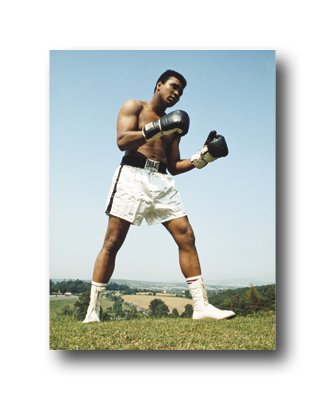

Muhammad Ali fought Al Lewis in Croke Park in July 1972. The promoter Harry Conrad had always wanted to stage a heavyweight fight, and managed to convince Ali to fight Lewis in Dublin for $200,000. He is shown here training for the fight. Ticket sales were slow, but about 5,000 people managed to sneak in without paying. The fight itself was not very exciting – Lewis barely troubled Ali – but Irish people were still thrilled to see Ali fight. Fans swamped the field around the ring and it took almost half an hour to clear a path back to the dressing rooms. This photograph was taken by Don Morley.
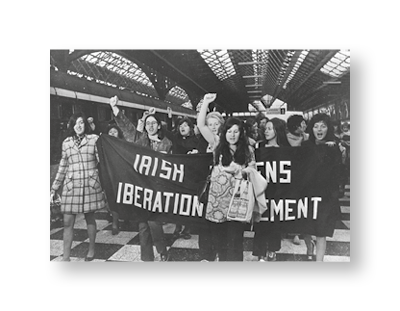

The Contraceptive Train, 1971 In 1971, women weren’t required to serve on a jury. To obtain a passport they needed their husband’s signature, and after getting married they had to resign from their jobs as teachers or civil servants. The idea that women could control their own bodies was unthinkable in Catholic Ireland. That year the Women’s Liberation Movement went on a mission to buy contraceptives in Belfast. This photograph from the Irish Times archive captures their return to Dublin.
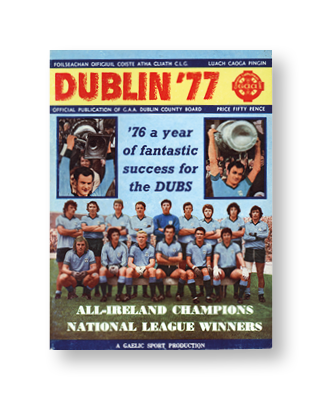

From the Dublin’s Gaelic footballers – coached by the legendary Kevin Heffernan – moved from the margins to the centre of Irish cultural life. The phenomenon of ‘The Dubs’ was born.
The team, which had failed for so long, contested nine All-Ireland finals and won four of them between 1974 and 1985. In the style of their play and the intensity of their rivalries, the Dubs excited unprecedented media and public interest. They became a magnet for the support of a new generation of urban youth – recruits to the ranks of ‘Heffo’s Army’.
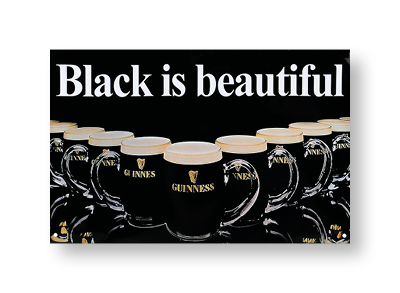

This Black is Beautiful poster is one of the classic Guinness advertisements. The glasses are known as Waterford tankards – the prototypes were produced by Waterford Glass, and then mass produced. They were used as the glass for draught Guinness from c. 1964 to 1982 – the first time that Guinness had designed a glass for its beer. The Waterford Tankard was replaced by a straight-sided pint glass.
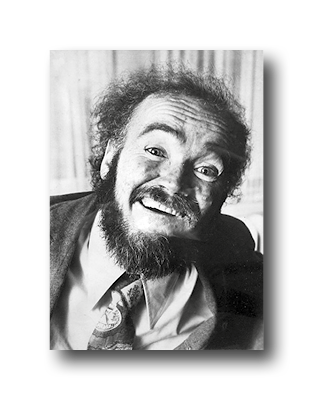

Portrait of Christy Brown, 1980 Christy Brown was an author, painter and poet who suffered from cerebral palsy. He is most famous for his autobiograpy My Left Foot – his left leg was the only limb over which he had complete control, so he taught himself to write and paint with his left foot. Noel Pearson’s 1989 film of the same name, directed by Jim Sheridan and starring Daniel Day Lewis, is one of the most celebrated Irish movies of the last 30 years. In 2014, the Little Museum of Dublin and the National Library of Ireland bought Brown’s personal archive at auction, exhibiting it in Dublin and New York.
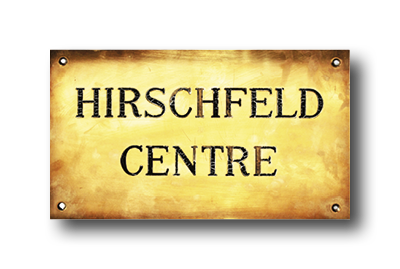

On St. Patrick’s Day 1979, the Hirschfeld Centre opened at 10 Fownes Street in Temple Bar. The centre, named after German sexologist Dr. Magnus Hirschfeld, was a social, cultural and political hub for Dublin’s gay and lesbian communities. It was the second attempt to create a safe space – the first had failed because of mismanagement and infighting. Then a dark, secluded part of Dublin, Fownes Street made it easier for people still in the closet to visit the Centre. The Centre never quite recovered from a fire in 1987 and was sold for development in 1999. This plaque from the centre was given to the museum by the legendary activist Tonie Walsh.
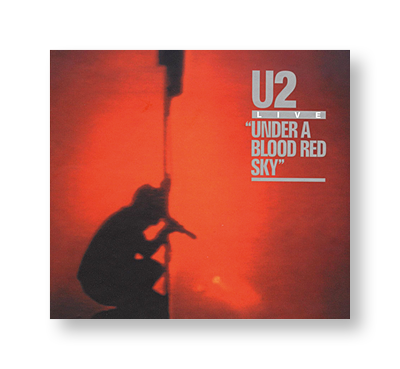

Under a Blood Red Sky is a live album, recorded during U2’s tour in support of War, their third album. It was U2’s first headline tour of Europe and the US, and the band moved from small clubs to larger venues, even some arenas towards the end of the tour. Released along with the concert film Live at Red Rocks, the album bolstered U2’s reputation as a cracking live act. This copy is signed by all four members of the band.
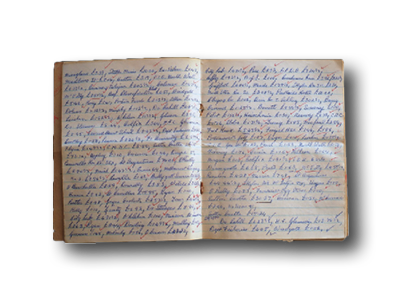

A shocking indictment of Official Ireland, this exercise book contains a list of clients for the Magdalene Laundry that was run by the Sisters of Our Lady of Charity at High Park in Drumcondra. It included local hotels, banks, State agencies and even Áras an Uachtaráin. Campaigner Steven O’Riordan says, “This ledger proves that the state was complicit in [a form of] slave labour that operated in Ireland until as recently as 1996.”
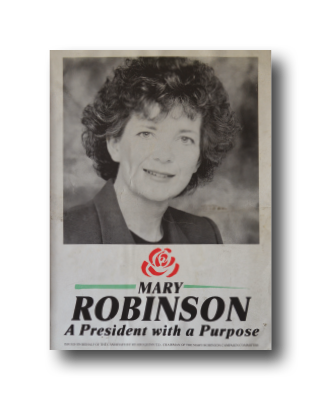

This Senator and campaigning constitutional lawyer became our first female President in December 1990. Her tenure would mark the beginning of a much more liberal era, reinvigorating the role of the Presidency in Ireland. Mary would go on to serve as the United Nations High Commissioner for Human Rights. She often tells the story of a woman who, when asked by her husband for a cup of tea, replies, “Things have changed around here! Make it yourself!” The photograph for this poster was taken by Conor Horgan.